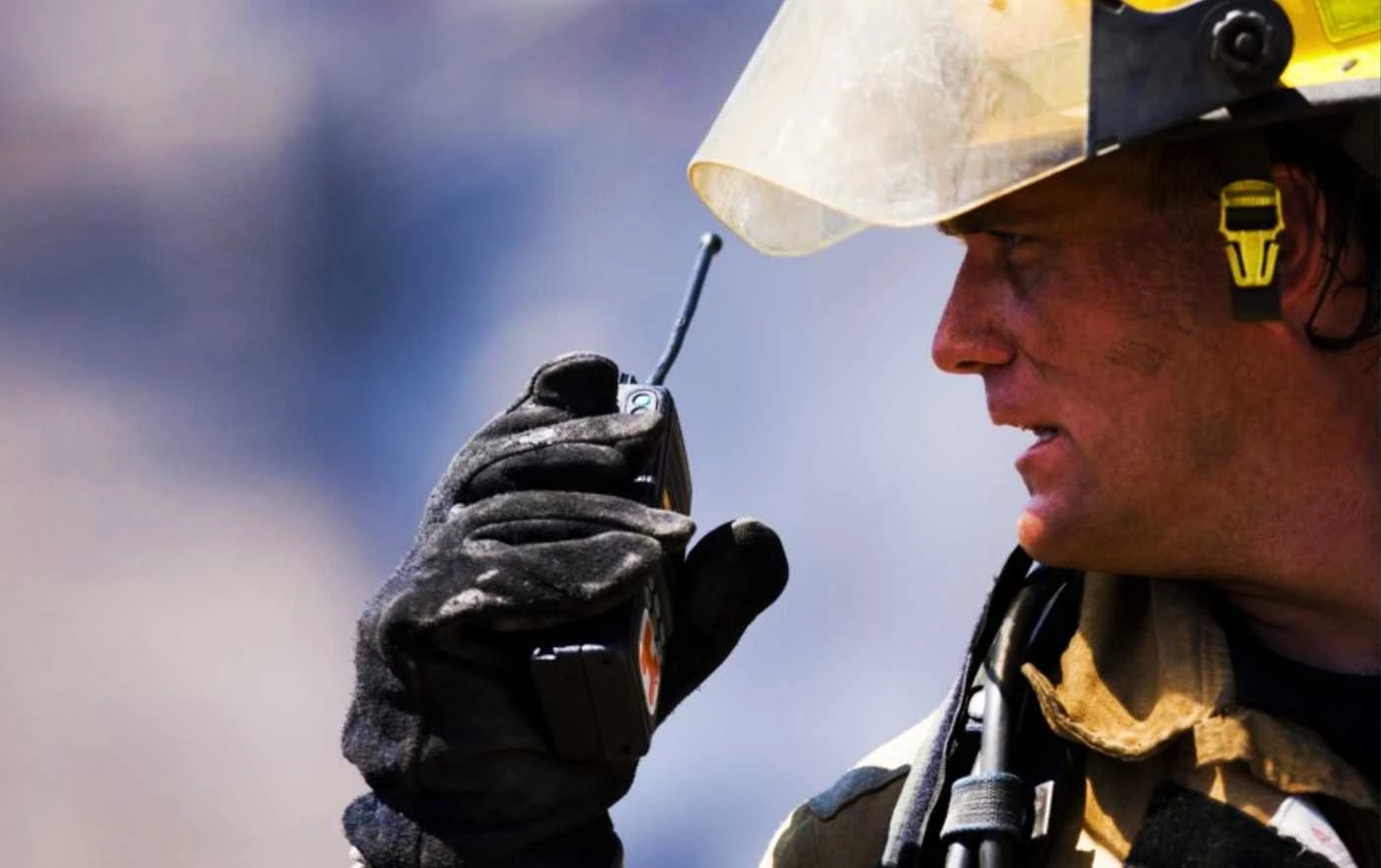Samsung today announced a demonstration of the world’s first video call on Amazon Web Services (AWS) cloud platform using Mission Critical Push-to Talk, Data and Video (MCPTX, also known as Mission Critical Communications), a communications capability developed for first responders.
It was enabled by the successful onboarding, integration and deployment on AWS cloud. This implementation was based on 3GPP Release 14 specifications.
The demonstration, conducted at Samsung’s lab in Korea, featured a complete line-up of Samsung’s latest MCPTX solutions, which delivers a multimedia-based communications experience designed specifically for first responders and public safety officials.
It used Samsung’s MCPTX service platform, as well as the Samsung Galaxy XCover FieldPro – a rugged, secure first responder smartphone, purpose-built for public safety users – to show the power of mission critical multimedia communications in the field.
Samsung’s customers for MCPTX will have the option to deploy the solution on their on-premise servers or AWS cloud platform.
MCPTX
MCPTX delivers powerful data and video communications capabilities surpassing Land Mobile Radio (LMR) technology, which provides traditional voice-based service. It opens a new horizon in advancing public safety, enabling first responders to be simultaneously connected with hundreds of fellow responders with easy exchange of videos, images, files and more during an emergency.
For first responders in the line of duty, effective communication is a foundational component of successful outcomes. Land Mobile Radio (or LMR) has evolved considerably over the past century to support a range of use cases and users. However, the standards and technologies that today’s LMR systems are based on have reached an impasse in terms of their capability to meet growing needs for access to data and video.
Nonetheless, the stringent requirements of first responders and public safety organizations with respect to security and reliability have led many to remain suspicious of the potential for modern LTE-based solutions to replace tried-and-true LMR systems.
At its most basic, an MCPTX implementation involves the deployment of an Application Server (AS), which interfaces with the operator’s Evolved Packet Core (EPC) and is responsible for providing MCPTX functionality in conjunction with an MCPTX client application installed on end-user equipment.
Cloud-Based Benefits
The demonstration highlights the key benefits that public cloud networks can bring to an MCPTX deployment. This approach enables rapid deployment and improves scalability and flexibility of public safety networks for operators, by reducing the time spent on in-house data center deployment and allowing them to adjust the usage of resources as needed.
Also, the service can seamlessly failover to another part of the cloud as needed, increasing overall reliability.
“AWS offers a proven infrastructure with the greatest scalability, which enables network operators to offer reliable 5G services that will continue to scale, even during the greatest capacity strains.” said Amir Rao, Head of Global Solution Portfolio and Tech Alliances for Telco industry at AWS.
“AWS offers a ubiquitous cloud programming model through its public availability zones and AWS Outpost services, which can be deployed at the Telco Operators data center or network edge locations. This demonstration of Samsung’s MCPTX solution on Amazon’s cloud platform brings the latest innovations to the public safety sector, and the two companies will continue to collaborate on developing technologies to provide new and reliable services to customers.”
For mobile network operators, one of the biggest draws for deploying PS-LTE and MCPTX is the opportunity to build on and take advantage of existing LTE network investments to reduce deployment costs of the new service.
It is also worth considering, however, the operational advantages that the existing network itself and the standards it is built upon can provide to the rollout of new services built around the same standards.
“This demonstration showcases how Samsung’s Mission Critical Communications solutions can manage public crises and be readily deployed on public cloud platforms,” said Wonil Roh, Senior Vice President and Head of Product Strategy, Networks Business at Samsung Electronics.
“It also enables us to learn and adapt to the evolving needs of service providers and end users alike. This brings a new level of broad coverage, scalability and reliability to mission critical service deployments, and we look forward to continuing our journey in the public safety sector to help keep communities safe and improve public emergency response outcomes.”



